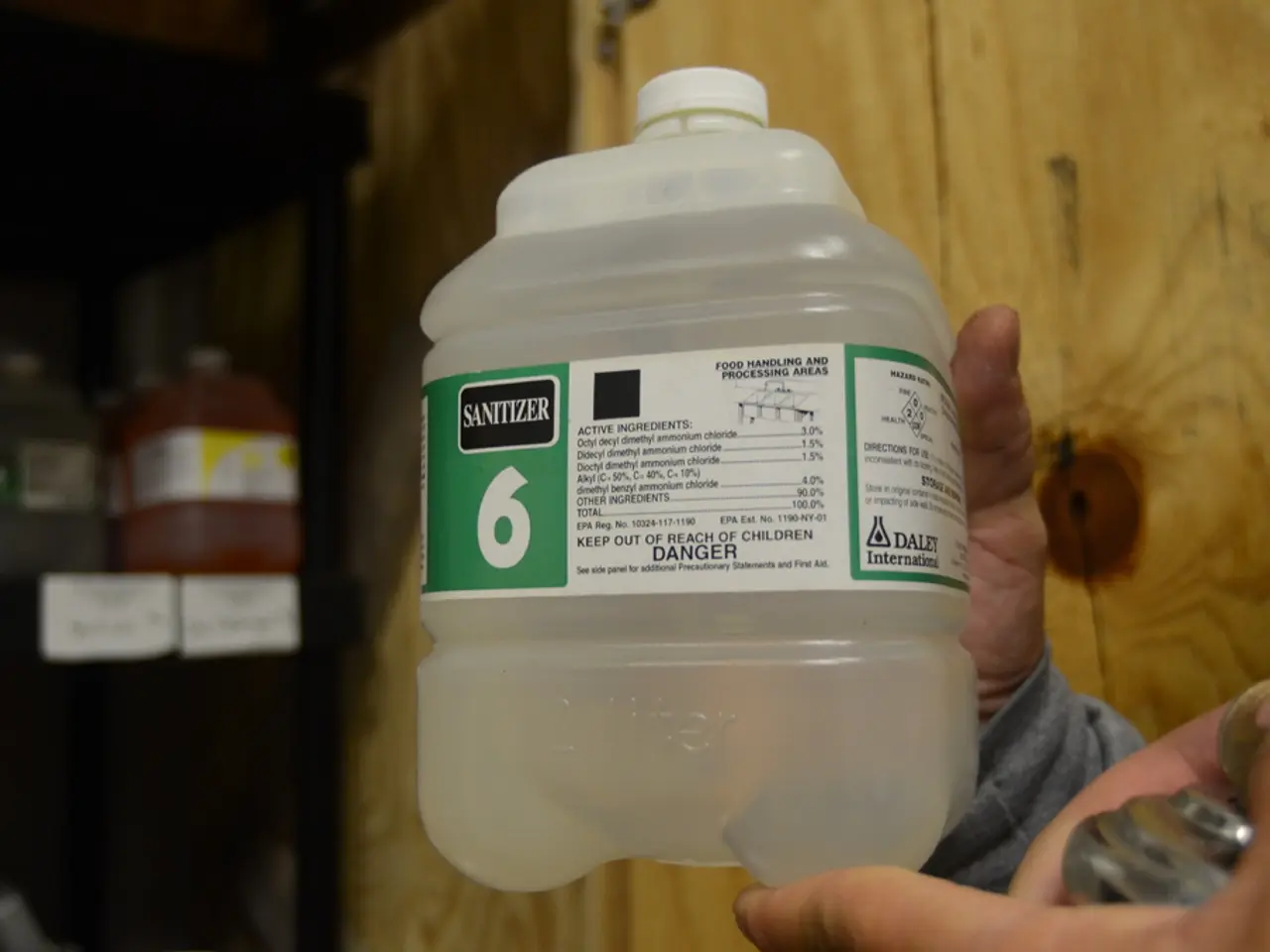Respiratory Infection in the Lower Part of the Airways: Signs, Diagnosis, and Remedies
In the battle against respiratory infections, it's essential to be well-informed. Lower respiratory tract infections, such as pneumonia, bronchitis, and tuberculosis, can lead to serious complications if not managed promptly. Here's what you need to know about these infections, their causes, symptoms, and prevention strategies.
Lower respiratory tract infections affect structures below the larynx, and unlike upper respiratory tract infections, which cause symptoms mainly above the neck (e.g., the common cold, sinus infection, and flu), the symptoms of lower respiratory tract infections can be more severe. Symptoms may include a persistent cough, difficulty breathing, fever, and chest pain.
Prevention is key in managing these infections. By washing hands frequently, avoiding touching the face with unwashed hands, staying away from people with respiratory symptoms, cleaning and disinfecting surfaces, getting vaccines, getting a flu shot every year, and avoiding known irritants, you can significantly reduce your risk of contracting lower respiratory tract infections.
Unfortunately, complications can arise, even with proper prevention. Some of the potential complications include lung abscess, pleurisy, heart failure, respiratory failure, empyema and parapneumonic effusion, acute respiratory distress syndrome (ARDS), bronchiolitis, secondary bacterial infections, increased hospitalization and mortality rates, particularly with aspiration pneumonia.
These complications underscore the importance of prompt diagnosis and treatment to manage the acute infection and prevent progression to more severe outcomes. A doctor diagnoses a lower respiratory infection through an exam, discussing symptoms, and potentially ordering tests like pulse oximetry, chest X-rays, blood tests, and mucus samples.
Recovery time for a lower respiratory tract infection varies, with a healthy young adult typically recovering in around one week, while older adults may take several weeks. It's crucial to remember that complications can have long-term effects, and it is important for those at risk (people with other health conditions, adults over 65 years of age, and children under 5 years old) to take steps to prevent lower respiratory infections and consult a doctor if they develop symptoms.
In conclusion, lower respiratory tract infections can lead to multiple serious complications affecting the lungs, pleura, and even heart function. By understanding these infections, their causes, symptoms, and prevention strategies, you can take the necessary steps to protect yourself and others from these potentially life-threatening conditions.
- The disease called ulcerative colitis, a type of inflammatory bowel disease, shares some symptoms with lower respiratory tract infections, such as persistent cough and difficulty breathing.
- In the realm of medical-conditions, bipolar disorder, HIV, obesity, diabetes, Alzheimer's, and both colitis and Crohn's diseases are examples that can have complex and long-term health impacts.
- Predictive science is crucial in understanding and managing respiratory-conditions like asthma and COPD, as it can help determine the appropriate treatment and prevention strategies.
- Proper management of respiratory infections, including lower respiratory tract infections, can help reduce the risk of complications like type 2 diabetes, osteoporosis, and obesity, associated with long-term use of steroid therapy.
- AQ, a chemical used in electronics manufacturing, has been linked to certain respiratory diseases in workers exposed to it over long periods, highlighting the importance of workplace safety measures and tiered environmental regulations.
- Tiered regulations can help manage health and wellness risks associated with various industries, by implementing stricter safety measures in those industries with a higher potential for negative health impacts.
- By taking preventive measures like frequent hand-washing, maintaining a healthy weight, and regular check-ups for medical-conditions, you can help protect yourself from developing respiratory-conditions like asthma and COPD.
- The tiered structure of a healthcare system can ensure that people with chronic conditions, such as bipolar disorder, HIV, diabetes, Alzheimer's, and both colitis and Crohn's diseases, receive appropriate care and resources to manage their condition effectively.
- In the battle against chronic diseases, it is essential to stay informed about the latest research and treatment options, as understanding these conditions can help improve quality of life and reduce the risk of complications like Alzheimer's and heart disease.




